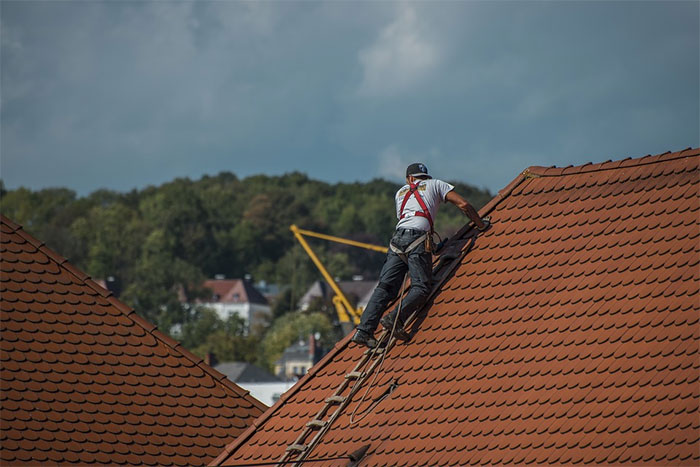Table of Contents
Indoor sign of roof problem
Many people meet their first person who has a roof problem when they spend their normal time at home. The following are signs of roof damage that can be detected indoors.
Reduce communication efficiency
Of course, setting open spaces on the roof can cause serious damage to your HVAC efficiency. Whether you’re running the heater in the cold months or running the AC in the warmer months, the damaged roof appears almost immediately when you look at the monthly electricity bill. If this number is unexpectedly high, you may have air and temperature leaks at the roof of the Canton Michigan home.

Planting mold colonies
The gaps in the roof and the moisture from the rafts make your attic an ideal place for mold spore precipitation and growth. Mold spores are always in the air, they like to grow in dark, damp places filled with natural materials such as wood. If you see dark, discolored and possibly plaques in the attic, please be aware. This means damage to the roof and possible water damage.
Unusually wet or wet spots
But even without mold, any moisture in the attic should cause suspicion. If you see puddles in the attic, wet support beams or wet areas, your roof may appear in the rain and moisture. Keep in mind that wet spots may not appear directly under the roof damage, as water typically flows down to the lower point of the roof before dropping or hanging down the structure.
Ladder roof damage signs
As a professional roofing worker, we know that climbing the roof can be dangerous and even a ladder need a partner to support you. This is why there are very few homeowners on the roof, and we usually encourage people to stay on the ground safely. However, if you want to look closely, the safest way is to check it out from the top of the ladder.
This is what you can see when you are close and personal on the roof.
Obvious impact damage
Finishing the top check, sometimes it can have a huge impact when something hits your roof. During storms, boughs and other similar hazards may blow onto the roof and cause significant damage to the shingles in the apparent impact crater. If you can judge by looking at the damage to the roof, it is important not to let any time pass before starting the repair.
Your roof has been more than 15 years old
An interesting fact about the roof is that most people don’t actually know how big their roof is. When you buy a house, the former boss almost never provides clues when they finally update the roof. In fact, they may not have maintained it at all. However, if you happen to know (or easily guess) that the roof has been more than 15 years since the last reinstallation, and then it should be reinstalled. The old roof has old shingles that can expel particles and are more prone to damage and decay. If you don’t need a new roof after 15 years, you will definitely be after the age of 20.











Leave a Reply